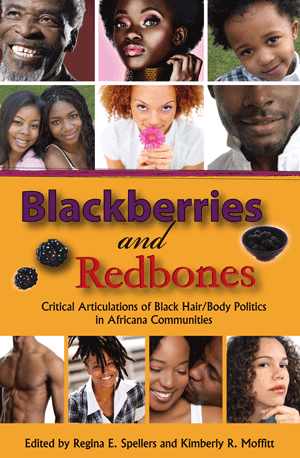Mixed Race in the United States
Simpson Center for The Humanities at the University of Washington
Dates (Local Time: 19:30 PST): 2010-01-06, 2010-01-20, 2010-02-03, 2010-02-17, and 2010-03-03
Location: Kane Hall 220
Is it coincidence that the first nonwhite president of the United States comes from a multiracial background? Or was his election, in fact, partially due to his mixed-race background and the idea that it somehow resonated with all Americans, regardless of race? In the twenty-first century United States, mixed-race people, from the chief executive to the family next door, seem to be everywhere. In the past twenty-five years, the period since the decriminalization of interracial marriage, the births of monoracial babies have increased 15%, while multiracial births have increased a dramatic 260%. But what do these numbers imply? Has racialized inequality changed with the surging numbers of multiracial Americans? This course will interrogate what it means to understand mixed-race identity in America, and what representations and histories of U.S. multiracialism can illustrate about changing notions of race, power, and privilege in the United States.
Ralina L. Joseph is Assistant Professor in the Department of Communication and an adjunct assistant professor in the departments of American Ethnic Studies and Women Studies at the University of Washington. She recently completed a book manuscript, Beyond the Binaries?: Reading Mixed-Race Blackness in the New Millennium, and is currently at work on her second book project, Speaking Back: How Black Women Resist Post-Identity Culture. Joseph teaches about issues of race, gender, sexuality, and the media, and is a 2009 recipient of a Woodrow Wilson Career Enhancement Fellowship and a Ford Foundation Postdoctoral Fellowship.
The Wednesday University provides Puget Sound residents with an intellectually stimulating way to continue their education in the humanities.
Each year, the Wednesday University offers three courses taught by distinguished faculty at the University of Washington. These courses, which meet on Wednesday evenings, are open to anyone—from high school students to senior citizens. Please join us and become a part of one of Seattle’s liveliest intellectual and cultural communities.
The Wednesday University is a collaborative program sponsored by Seattle Arts & Lectures, the Simpson Center for the Humanities, and the Henry Art Gallery. All classes are held at the Henry Art Gallery Auditorium at the University of Washington from 7:30-9 pm.
Course Fee: $80 each or $210 for all three courses. To register, please visit the Seattle Arts & Lectures website or call 206.621.2230 ext. 10.
All course locations are on the University of Washington campus. The Fall and Winter courses will be in Kane Hall. The Spring course will be in Brechemin Hall in the Music Building. All courses begin at 19:30 PST (Local Time).
To register for the lecture, click here.


